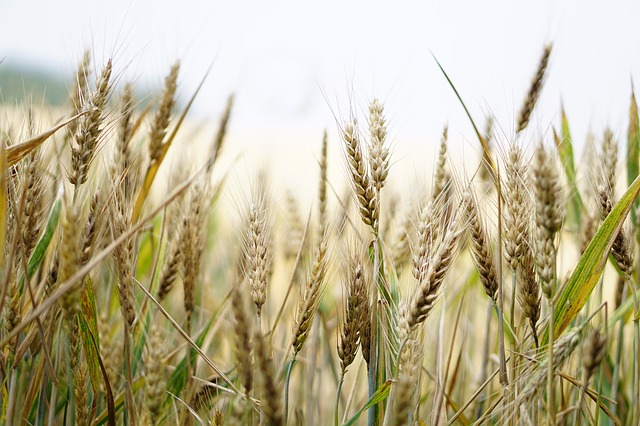An international team of researchers from 16 labs conducting a long-term study has found that climate-friendly farming practices could lead to higher crop yields, reduced costs and improved local ecosystems. In their paper published in the journal Nature Sustainability, the group describes 30 long-running farming experiments designed to improve farming practices in Europe (UK, Switzerland, Ireland, Sweden, The Netherlands) and Africa (Zimbabwe, Kenya, South Africa, Tanzania).
As the researchers note, recent events have highlighted weak points in the way food is currently grown on a large scale. The pandemic, combined with the war in Ukraine, has led to food shortages in many parts of the world and skyrocketing prices in others. The pandemic led to food stockpile reductions and the war has led to higher costs to produce chemical fertilizers. In this new effort, the researchers looked into other ways to grow food on a large scale by conducting multiple experiments over many growing seasons around the world to stabilize food production for farmers and consumers.
In their nine-year study, the researchers grew maize, wheat, barley, oats, potatoes and sugar beets using different fertilizing methods. Instead of simply applying chemical fertilizers, as is done on large modern farms, they added plant matter, other types of compost and manure. They also tried planting nitrogen-fixing crops such as legumes in between regular growing seasons. They found that sustainable, climate-friendly farming could actually produce higher yields than chemical fertilizers. And ecosystems around the farms improved.
More specifically, the researchers found that they could increase yields by adding both manure and small amounts of chemical fertilizers. They also found that they could use reduced amounts of weed-killing agents if crop types were rotated and that growing nitrogen-fixing crops improved the soil and improved its fertility. They suggest that future farmers will need to convert to more sustainable practices to improve yields and to keep costs down—all while protecting the environment from fertilizer runoff that leads to algal blooms when it reaches the ocean.
Read the paper: Nature Sustainability
Article source: Phys.org
Author: Bob Yirka
Image credit: Pixabay








